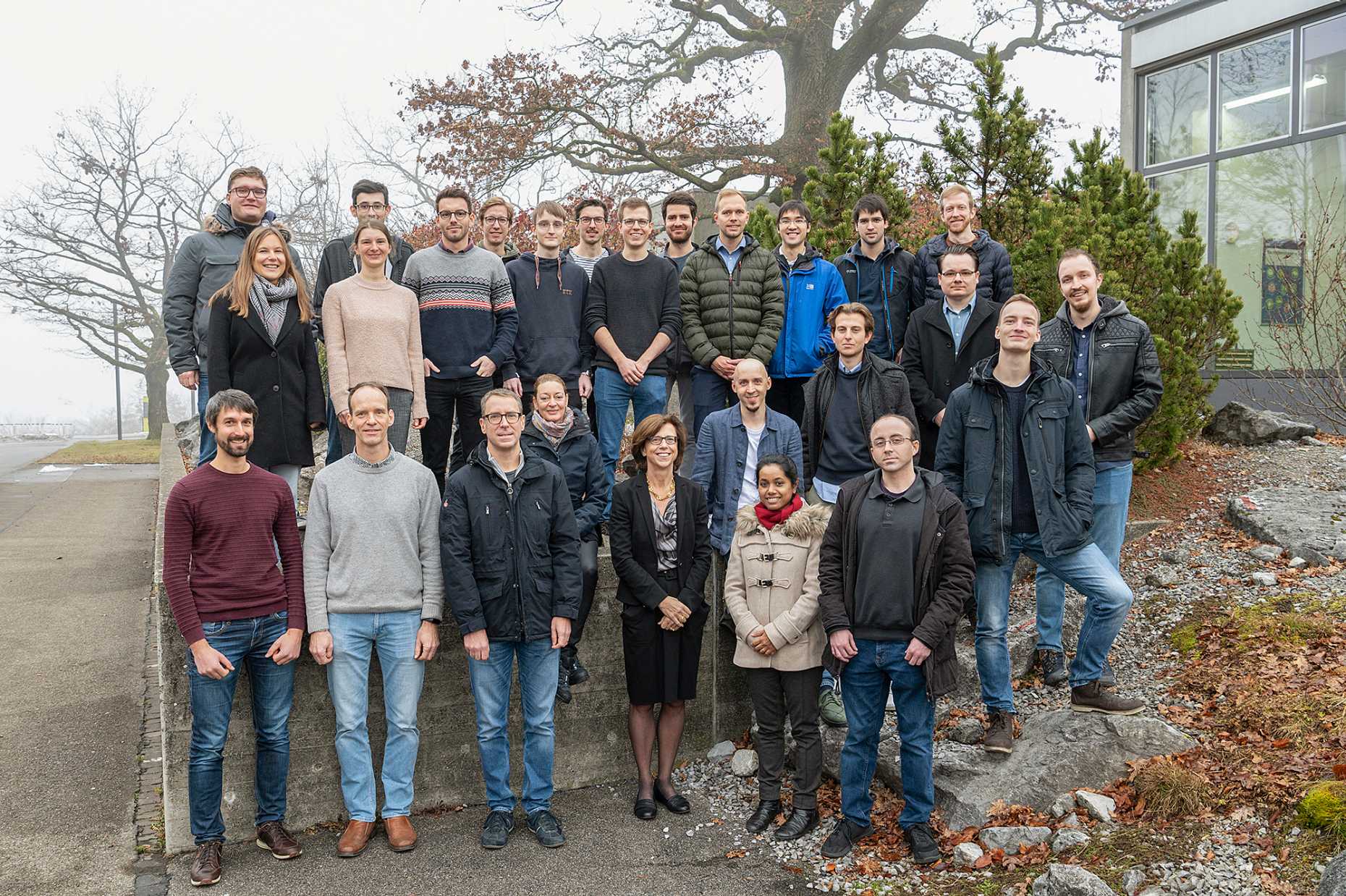The Group
Professor Keller invented and demonstrated a key new device - the semiconductor saturable absorber mirror (SESAM) - which demonstrated the first passively mode-locked diode-pumped solid-state laser in 1992 and solved a 25-year-old challenge. For almost two decades since then, her group at ETH Zurich has continued to define and push the frontier in ultrafast solid-state lasers both with detailed theoretical models and with world-leading experimental results, demonstrating orders of magnitude improvement in key features such as pulse duration, energy, and repetition rate. She also helped to spearhead industrial transfer of this technology. Today most ultrashort lasers are based on SESAM modelocking, with important industrial applications ranging from optical communication, precision measurements, microscopy, ophthalmology, and micromachining.
More recent work has expanded this approach to a new class of ultrafast semiconductor lasers (i.e. VECSELs and MIXSELs) with wafer-scale integration of both the gain and the absorber into a vertical emitting structure, allowing the technology to potentially scale into high-volume markets.
Our cutting edge laser technology enabled the world’s most accurate clocks – the optical clock and the attoclock. We made pioneering contributions to frequency comb generation and stabilization, which was also noted by the Nobel committee for Physics in 2005. In collaboration with Dr. Telle (PTB, Braunschweig), we pioneered self-referencing frequency comb stabilization from modelocked lasers. We introduced and made first feasibility demonstrations for several novel techniques to measure and stabilize the carrier envelope offset phase (i.e. CEO phase or CEP) fluctuations – which was published in 1999 well before the two first publications by Hall and Hänsch in 2000. For example Keller and Telle proposed the f-to-2f heterodyne technique which is being used today.
The stabilized frequency comb enabled Prof. Keller to invent the attoclock: a powerful, new, and unconventional tool to study fundamental processes in quantum mechanics – with attosecond accuracy using 1000 times longer laser pulses. She established the attoclock to measure the electron tunneling time for the first time in 2008 which is a highly debated topic in theoretical physics for the last 60 years. Both single attosecond pulses and attosecond pulse trains are generated to resolve photoemission time delays in gas targets and with the attoline also in solid state surfaces. The attoline also enables attosecond transient absorption measurements which reveal new insight in very fundamental processes never observed before.
More details to our research is given here.
